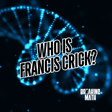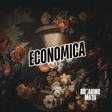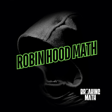
Do Plants Know Math?
Mathematical Patterns in Plants: Fibonacci, Golden Ratio & Nature's Hidden Math with Christophe Gole & Nancy Pick
In this episode of Breaking Math, host Autumn interviews authors Christophe Gole and Nancy Pick about the captivating world of mathematical patterns in plants, inspired by their book Do Plants Know Math?. Explore the intersection of mathematics and biology as they discuss the Fibonacci sequence, the golden ratio, and spiral formations that reveal nature's mathematical beauty. Learn about the optimization of plant structures, the role of women in mathematics, and get recommendations for further reading. Topics include phyllotaxis, fractals, and their connections to AI, physics, and topology.
Keywords: mathematics, biology, plant math, Fibonacci, phylotaxis, spirals, golden ratio, fractals, nature, science, women in math,topology, ai, physics, math, plants, gardening
Become a patron of Breaking Math for as little as a buck a month
You can connect with Christophe Gole and Nancy Pick on LinkedIn, and find their Book “Do Plants Know Math?” on Amazon.
Follow Breaking Math on Twitter, Instagram, LinkedIn, Website, YouTube, TikTok
Follow Autumn on Twitter and Instagram
Follow Gabe on Twitter.
Become a guest here
email: breakingmathpodcast@gmail.com



















